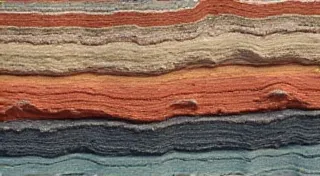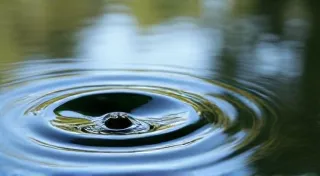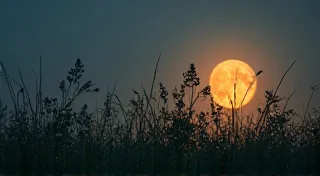The Herbalist’s Palette: Color Alchemy & Botanical Pigments
There’s a peculiar melancholy that settles upon a room filled with antique accordions. It’s a feeling compounded of history – the countless hands that coaxed music from their bellows, the laughter and tears absorbed into their wood, the echoes of bygone eras. It’s a feeling not entirely dissimilar, I’m finding, to the appreciation I have for the natural pigments derived from plants, the very colors that have long infused art, medicine, and the fabric of human culture. Both are testaments to craftsmanship, resilience, and a deep connection to the earth.
My grandfather, a clockmaker, taught me to appreciate the subtle beauty of aging. Not the hasty decay of neglect, but the dignified patina that comes from years of honest use. He’s the one who first pointed out how color – the precise shade of a weathered oak, the luminous green of moss clinging to a stone wall – holds stories within it. These observations have stayed with me, influencing my fascination with herbal remedies and the astonishing spectrum of colors drawn directly from the botanical world.
A History Etched in Hues
Before synthetic dyes revolutionized the industry, color was a luxury, painstakingly extracted from plants. Think of the vibrant Tyrian purple, derived from a specific species of sea snail – a color so expensive it was reserved for royalty. Across the globe, different cultures developed their own distinct palettes, each reflecting the available flora and the cultural significance attached to particular hues. The ancient Egyptians, renowned for their sophisticated understanding of both botany and chemistry, utilized henna for reddish-brown tones, indigo for deep blues, and madder root for reds – colours that permeated their art, linen, and even their medicinal preparations. The intricate detail in Egyptian tomb paintings, the longevity of their dyes, are a breathtaking testament to this mastery.
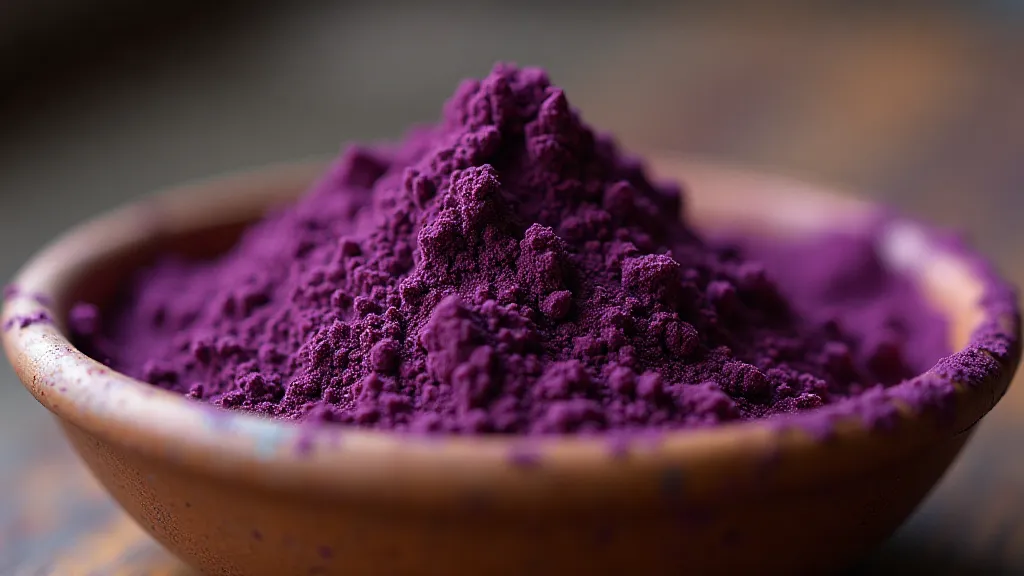
Indigenous peoples across the Americas employed a stunning range of plant-based pigments. The Maya created stunning murals using pigments from cochineal insects (for reds), indigo (for blues), and various tree barks and roots. Similarly, Native American tribes used berries, roots, and minerals to create dyes for clothing, ceremonial objects, and body paint – each color carrying symbolic weight. For instance, yellow, often derived from weld or saffron, might represent the sun or enlightenment, while red, from bloodroot or sumac, could signify strength or vitality.
Color & Medicine: A Symbiotic Relationship
The intertwining of color and medicine is a profound and often overlooked aspect of traditional healing practices. The very act of extracting a pigment, often involving complex processes like fermentation or maceration, could impart therapeutic qualities. Consider the use of chamomile flowers for their calming properties – the yellow pigment itself isn’t the primary healing agent, but the process of extracting it might concentrate other beneficial compounds. Similarly, henna, beyond its dye capabilities, has been used for wound healing and as an antiseptic.
The symbolism inherent in color also played a critical role. Yellow, associated with the sun and warmth, might be used to treat conditions believed to be caused by coldness or imbalance. Red, symbolizing blood and energy, could be employed to stimulate circulation or combat fatigue. The "humor" theory that permeated much of Western medicine for centuries further reinforced this connection; colors were believed to correspond to different bodily fluids and temperaments, influencing diagnosis and treatment.
The Alchemy of Extraction: A Labor of Love
The creation of botanical pigments wasn't simply about throwing a plant into water. It was an alchemical process, requiring careful observation, patience, and a deep understanding of the plant's properties. The extraction methods varied greatly, depending on the pigment desired and the available resources. Some pigments were obtained by simply crushing and grinding plants, while others required boiling, soaking, or fermentation. The resulting dyes were often applied to textiles or other materials using complex techniques, passed down through generations.
There’s a resonance here with the meticulous restoration of antique instruments. A damaged accordion, neglected for decades, might appear beyond repair. But a skilled craftsman, guided by intuition and a deep respect for the instrument's history, can breathe new life into it. They understand the subtleties of the materials, the nuances of the construction, and the importance of preserving the instrument’s character. Just so, the herbalist who extracts a pigment understands the language of the plant – its strengths, its weaknesses, and the secrets it holds.
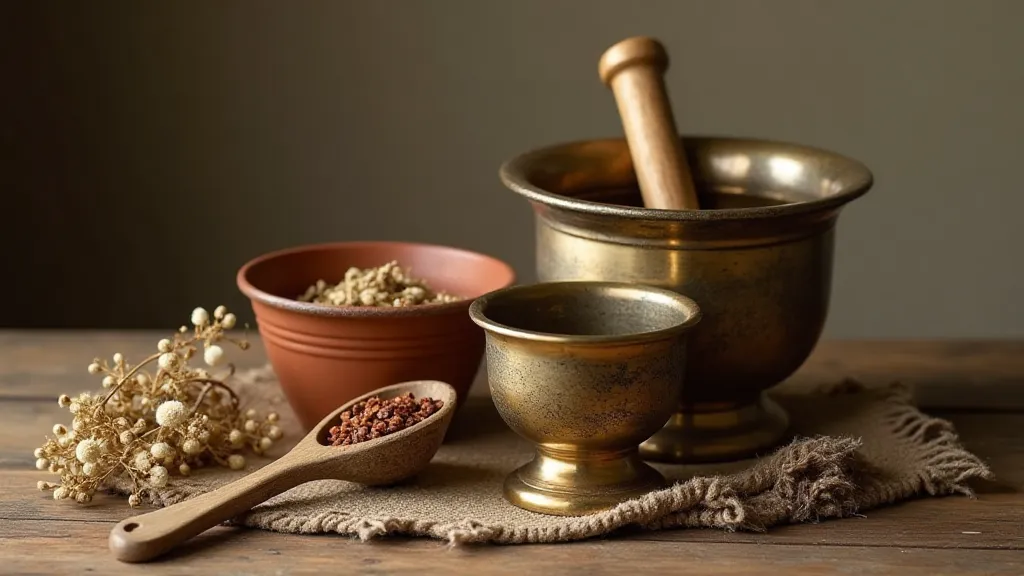
The Legacy of Botanical Color
While synthetic dyes now dominate the color market, the legacy of botanical pigments continues to inspire. Artists and craftspeople are rediscovering traditional techniques, seeking to create more sustainable and ecologically responsible colors. The unique qualities of natural dyes – their subtle variations, their ability to soften and age beautifully – are increasingly valued over the uniformity of synthetic alternatives. There's a certain romance, a connection to the earth, that comes with wearing a garment dyed with woad or madder root, knowing that its color has been extracted from the very landscape itself.
Collecting antique accordions, like appreciating the colors of botanical pigments, requires an eye for detail, an understanding of history, and a genuine appreciation for craftsmanship. It’s about more than just acquiring an object; it’s about connecting with a past that is both beautiful and complex. It’s about recognizing the artistry and ingenuity of those who came before us, and honoring their legacy through careful preservation and mindful appreciation.

The herbalist's palette, like the sound of a perfectly tuned accordion, is a testament to the enduring power of nature and the human spirit. It’s a reminder that beauty, resilience, and connection can be found in the simplest of things – a handful of dried flowers, a carefully restored instrument, a color drawn directly from the earth.

